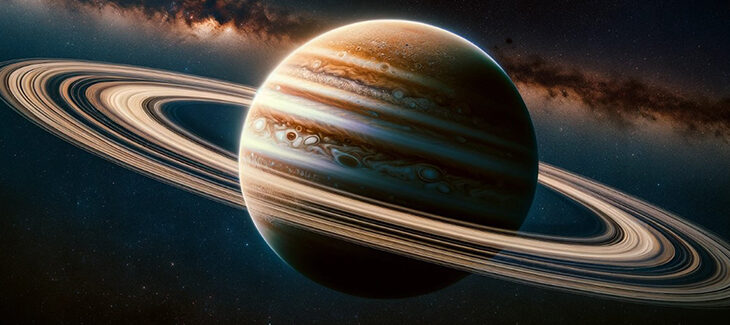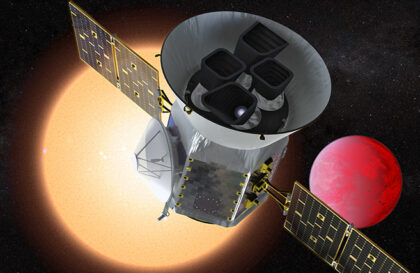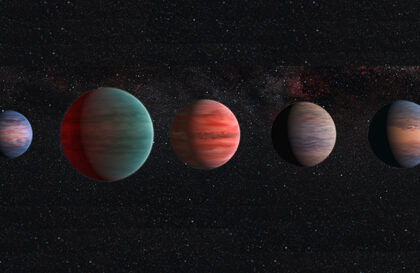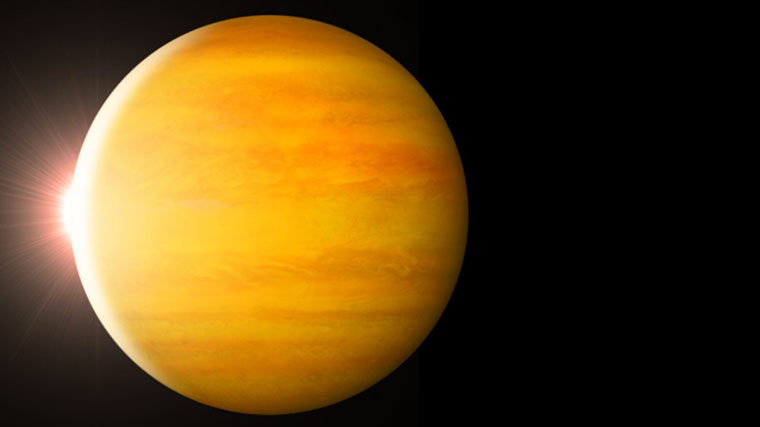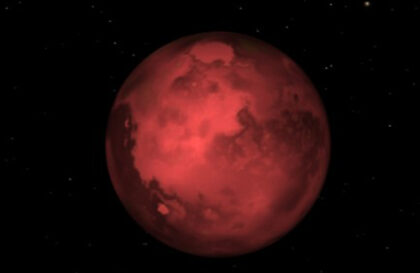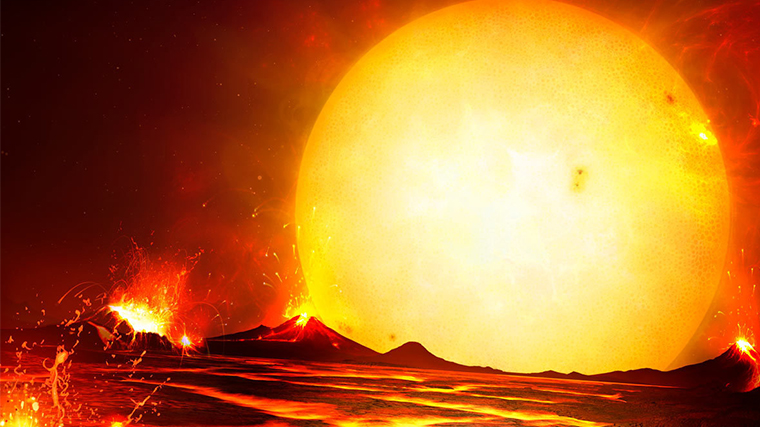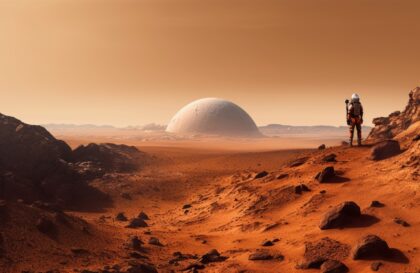Saturn’s rings are up to 175,000 miles (282,000 kilometers) in diameter. But the rings of this planet are 640 times larger. If Saturn had such rings, we could see them from Earth with the naked eye.
J1407b, or Super-Saturn, is an exoplanet or brown dwarf. Its mass is equal to 70 times the mass of Jupiter. It was discovered in 2012 and is the only known object in the star system 1SWASP J140747.93-394542.6. The J1407b ring system was the first to be found outside the solar system and is the largest, consisting of 37 rings. The radius of a giant ring is estimated at 0.6 AU, making it almost 640 times larger than Saturn’s rings.
Saturn’s ring system extends up to 175,000 miles (282,000 kilometers) from the planet, but the vertical height in the main rings is typically about 30 feet (10 meters). If you imagine that Saturn’s rings are the size of a football stadium, their thickness would be thinner than a sheet of paper.
Saturn. Credit: NASA/JPL
J1407b is an exoplanet located approximately 434 light years from Earth. The diameter of the ring system is estimated at about 120 million kilometers. The rings are also much larger than Saturn’s rings, with some as wide as the distance between the Earth and the Moon. The rings are composed of rocks, dust, and ice particles that range in size from tiny pebbles to objects the size of houses. The gap between the rings suggests that J1407b may have an Earth- or Mars-sized moon.
One of the most plausible explanations for J1407b’s massive ring system is that the collision of several satellites or minor planets formed it. Another theory suggests that the rings were created by the gravitational pull of a massive moon orbiting the planet.
Detecting rings on an exoplanet is difficult, but the Kepler telescope can do it. Scientists have noticed unusual fluctuations in the star’s brightness in exoplanet J1407b, reaching 95%, which differs from regular planetary transits. Additional research revealed the presence of four rings, which were named “Rochester,” “Sutherland,” “Campanas,” and “Tololo.”
Jupiter, Saturn, Uranus, and Neptune have rings. Physicists predict they will appear on Mars in 20–40 million years.
Banner image: Image generated by AI ChatGPT
Image credit:
https://drive.google.com
https://photojournal.jpl.nasa.gov
